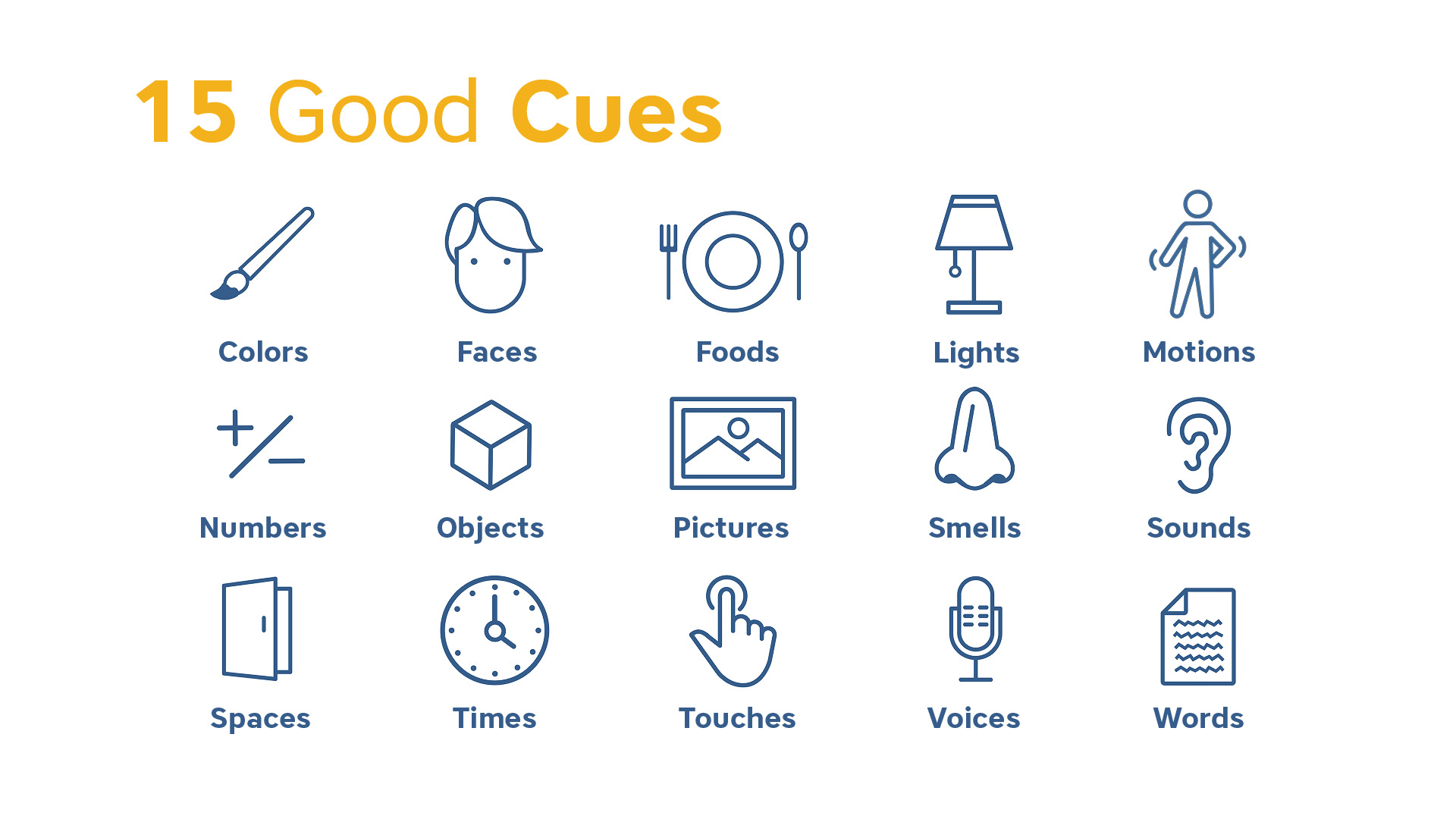Are you ready to live in a new culture?
The idea of relocating to a least-reached area can fill you with excitement as well as anxiety. Like an overstuffed suitcase, your mind may be brimming with questions.
- Do I shake hands when I meet someone — or hug? Or kiss, on one cheek or both? Or should I bow?
- What is appropriate clothing for me in common situations?
- Should I always be on time for an appointment, or is that considered rude?
While these are important first questions to ask, they will only get you temporary help. They’re actually shortcuts — tips that teach you to mimic surface behaviors so you can survive daily life on a shallow level, like a tourist. But why not go deeper and celebrate living there instead? You can! And Good Cues® can help you do that.

Overview
Good Cues® is an online training program to help expats, marketplace workers, mission workers and others navigate new cultures with confidence and respect. This happens through a process that heightens your awareness, hones your interpretation, and then rewards you with integration.
What is a cue? It’s an experiential part of a culture that points to the deeper beliefs and values that culture holds. For example, you might notice that in your host culture people leave their shoes at the door. You might smell incense – or garlic – everywhere you go. You might experience that queues aren’t quiet and orderly lines, but jumbled groups of people who all clamor to be first.
Tourists can adjust their outward behavior to these cultural quirks, but they won’t experience meaningful integration into a host culture. That’s the goal of Good Cues® training.
What is a cue? It’s an experiential part of a culture that points to the deeper beliefs and values that culture holds. For example, you might notice that in your host culture people leave their shoes at the door. You might smell incense – or garlic – everywhere you go. You might experience that queues aren’t quiet and orderly lines, but jumbled groups of people who all clamor to be first.
Tourists can adjust their outward behavior to these cultural quirks, but they won’t experience meaningful integration into a host culture. That’s the goal of Good Cues® training.


What to Expect
When you begin Good Cues® training, you’ll have online access to videos and PDF downloads for each of the 15 cues, plus introductory lessons on PDFs. Work at your own pace, in any order, following the three steps below to complete a cue.
- SENSE | Watch the video to help you build awareness of a specific cue in your host culture.
- SIMMER | Use the PDF as a guide, maintain a notebook, do field activities, and process what you’re learning with others. This is how you build the skill of interpretation.
- SHIFT | Act on the interpretation with the guidance of a mentor or national friend in cultural integration.

Free Download
Get your FREE Good Cues® resource. “Two Common Misconceptions About Culture Shock” is the first introductory lesson in Good Cues® online training. In this four-page PDF, you’ll learn what those misconceptions are and receive interactive direction on preparing to lessen culture shock now and in the future.

.png)






